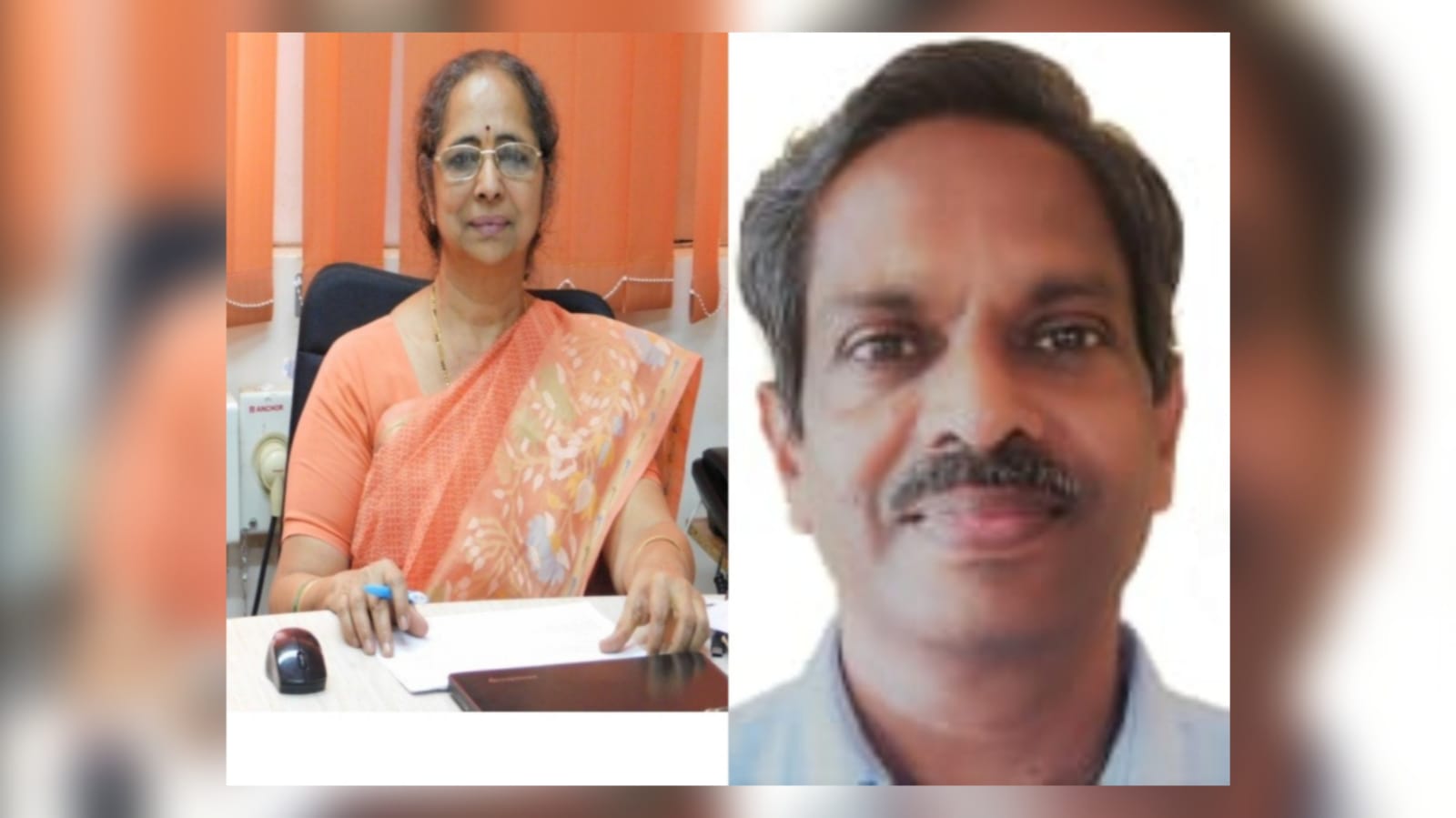University of Hyderabad secures two new patents

HYDERABAD: A team of researchers led by University of Hyderabad (UoH) professors K.C James Raju and V Seshubai, along with their students, were granted a patent for their invention of a method for generating dielectric resonators of arbitrary shapes.
This technique enables the creation of 3D microwave radiating structures with low loss dielectrics without any geometric constraints. Radiation patterns are governed by the laws of Physics and present-day communication requirements demand all sorts of radiation patterns. 3D solid structures with appropriate dielectric materials can meet that requirement provided there is a means to shape such materials into some desired geometries which are often complex.
This technique allows even high temperature ceramics to be shaped into any 3D geometric structures through a gel casting route. They help in realizing miniaturized antennas suitable for emerging communication applications.
Another patent was granted to Professor K.C. James Raju and his team at CASEST, School of Physics, for the invention “Laser-based method to crystallise ferroelectric thin at 300°C temperatures for tunable microwave devices”.This is a laser-based process by which they could reduce the crystallisation temperature of some functional thin film materials meant for microwave device applications from 700 to 300 °C.
This makes the process compatible with a variety of hitherto forbidden situations which are very important for realizing important microwave devices for next generation communication technologies which require tunable microwave devices for electronically reconfiguring communication networks. Some of these devices work by exploiting some unique material properties exhibited by select materials only in their crystalline and thin film form.
If that temperature is high, that functional material cannot be integrated with substrates that cannot withstand that temperature. To achieve crystallisation, a laser-based approach was used in conjunction with a non-thermal route.







